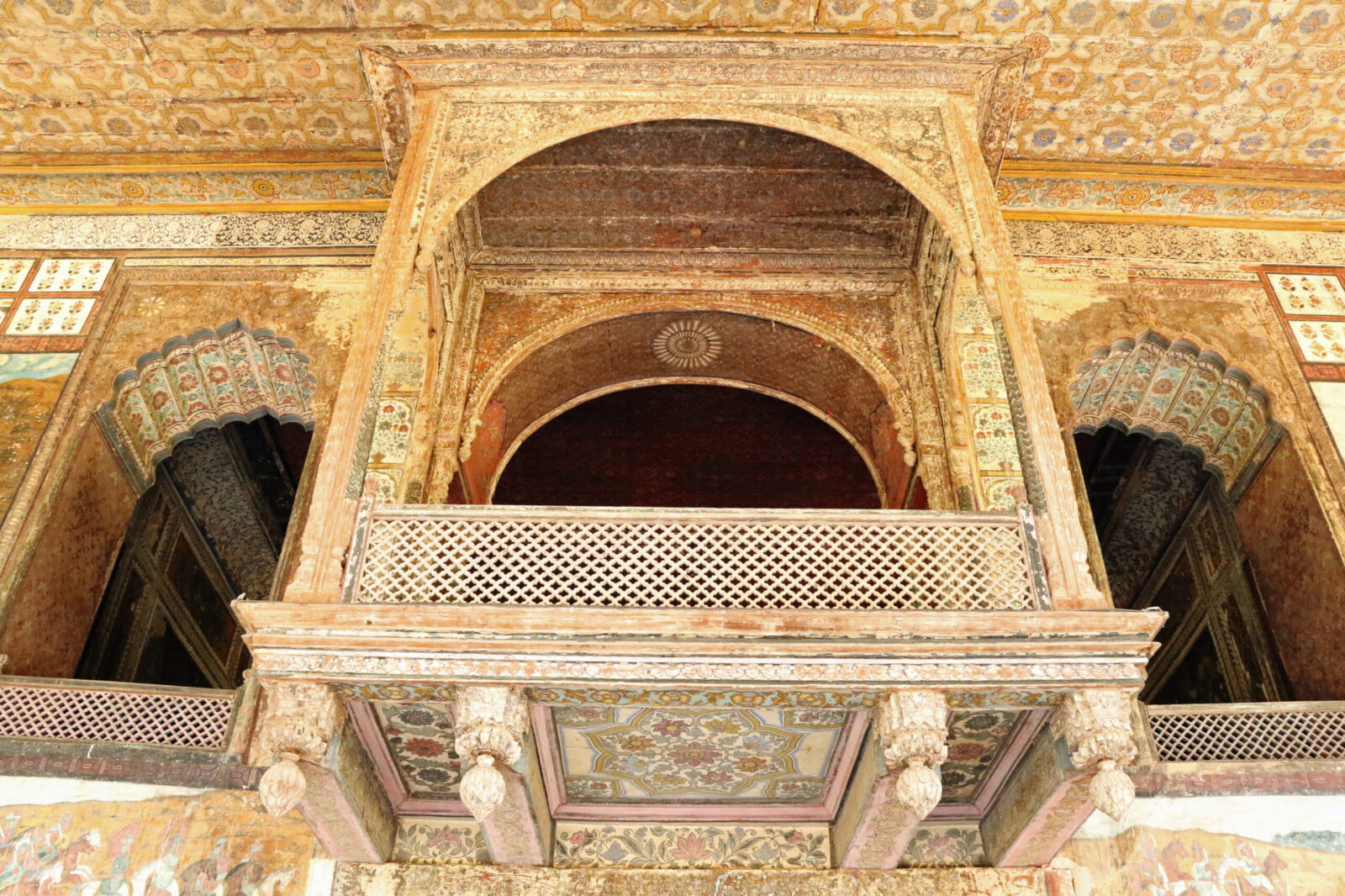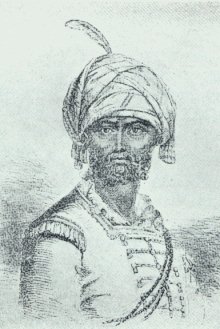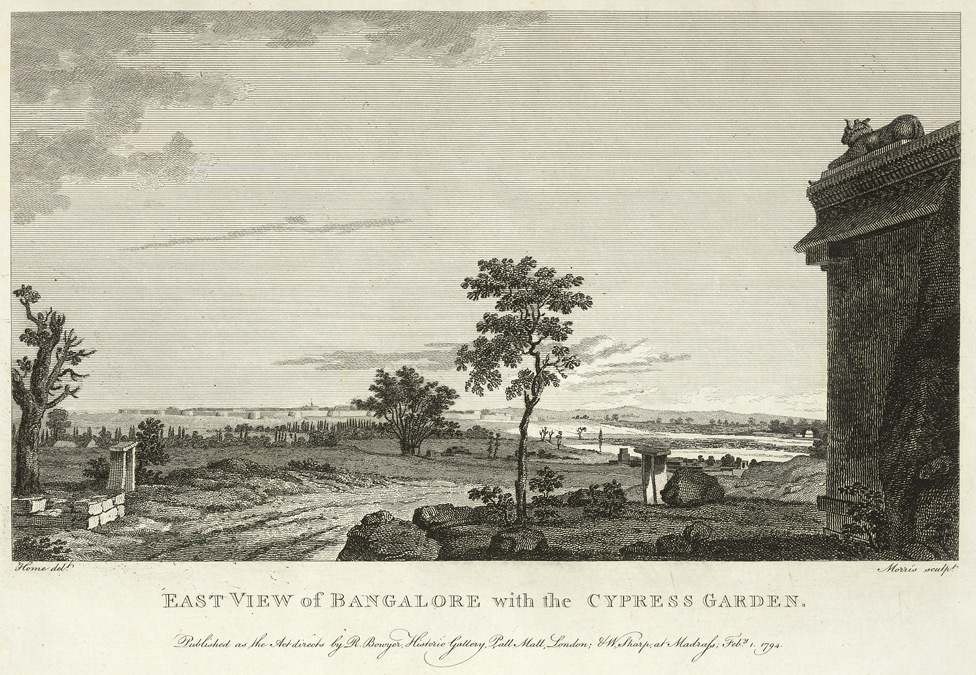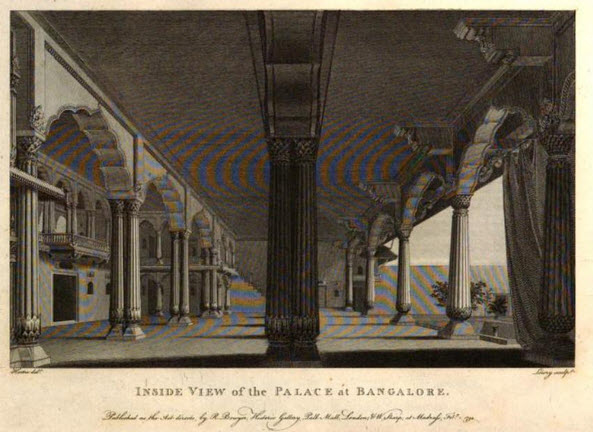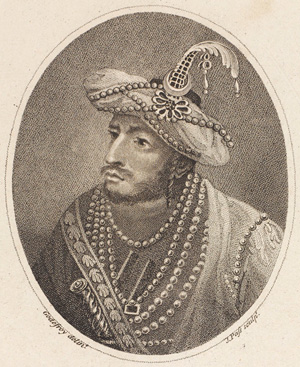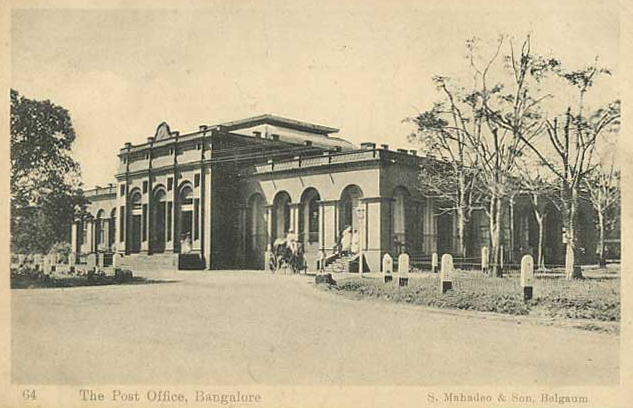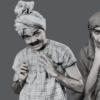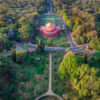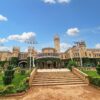Bengaluru through the ages 1000 BC to 1800 AD
We have documented the major events in the history of Bengaluru in this series. While many of you will be familiar with them, we have scoured archived government documents, books and journals to bring out new facts that were not well known. In addition, interesting images embellish the words to provide a complete picture. We hope you enjoy the series.
-
1000 BC
Microliths Discovery
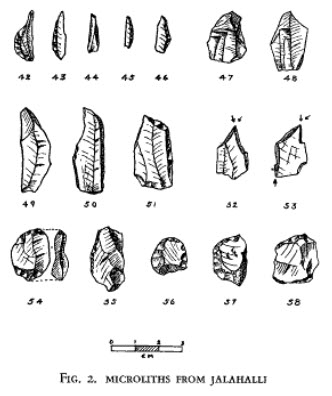
Commander KRU Todd of the Royal Indian Navy discovered the ancient microliths while at Indo-British General Hospital in Jalahalli in November 1946. The site was a quarry for extracting granite. His report “A Microlithic Industry in Eastern Mysore” published in Man (March 1948 by Royal Anthropological Institute of Great Britain and Ireland) noted that the site “contains globular bowls with everted rims, projectile-shaped jars with round bottoms and flattish dishes of soup-plate size”. He dug out several hundred artefacts which consisted of blades, scrapers, cores, flakes and lunates. Archaeologist Mayasandra Seshadri of Mysore studied these implements and determined them to be ideally suited for “hunting economy” and they pre-dated the “Iron Age” based on geological evidence. His research could not conclude on a definite period but it was estimated to be even older than 1000 BC to 300 BC.
Image Courtesy A Microlithic Industry in Eastern Mysore by K. R. U. Todd. Published by Royal Anthropological Institute of Great Britain and Ireland (RAI)
-
1000 BC
Chikkajala and Tarabanahalli
Burial grounds were found at Chikkajala (24 km north of Bengaluru). Cists (a stone-lined grave, especially a tomb consisting of a pit lined with stones and often having a lid of stone or wood) were discovered to the east and south of Chikkajala. This is now classified as a centrally protected monument site by Archaeological Society of India.
Pre-historic sites were also found near Tarabanahalli situated about 12 miles northwest of Bengaluru. Major Edward Elmherst who was camping at Tarabanahalli in 1943 discovered in the vicinity of the forest inspection bungalow a few interesting beads and painted and decorated potsherds. These may date back to the Satavahana Empire and the commercial ties between South India and the Roman World during the first two centuries of the Christian Era (Annual Report of the Mysore Archaeological Department 1946).
-
27 BC
Roman Coins
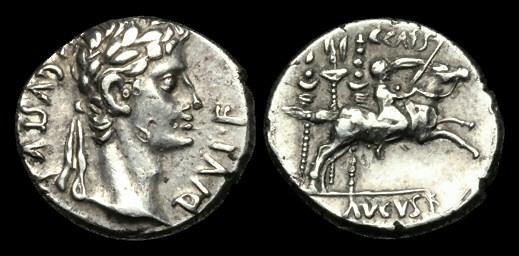
Roman coins were found in 1892 near Yeshwantpur, while building the Hindupur railway line. There were 163 silver coins, denarii (ancient Roman silver coins) of the early emperors – Augustus, Tiberius, Caligula and Claudius, with one of Antonia – ranging in date from 21 BC to 51 AD. One of the Augustus coins had the word ‘Karkh’ imprinted on it in Persian language under the picture of a horse. Karkh was the name of a town in Persia. The coin was thought to have been brought to India by Persian horse dealers.
Image: AUGUSTUS – AR Denarius, ca.8-7BC, Caius Caesar on horseback. Courtesy: VCoins
-
890 AD
Begur Stone Inscription
![[SVC2] Begur Stone Inscription](https://bengaluru.com/wp-content/uploads/2021/01/019PHO001000S21U2049A000SVC2.jpg)
The name Bengaluru occurs for the first time on a 9th century stone inscription at Begur. Part of Gangavadi Ninety Six Thousand, a village in the Ganga kingdom. (the suffix is a numerical code of those days). The battle of Bengaluru refers to the battle between Gangas and Nolambas.
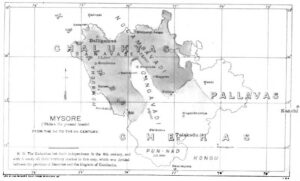
-
1024 AD
Chola Empire
Rajaraja Chola’s son Rajendra Chola captured Talakad in 1004 and overthrew the Ganga dynasty. Entire area of Mysore was annexed, The Cholas imposed their name on all their conquests. Northwest of Bengaluru was named Vikramacholamandala. The south Bengaluru (Kolar) region was called Nikarilicholamandala.
-
1537 AD
Kempegowda I
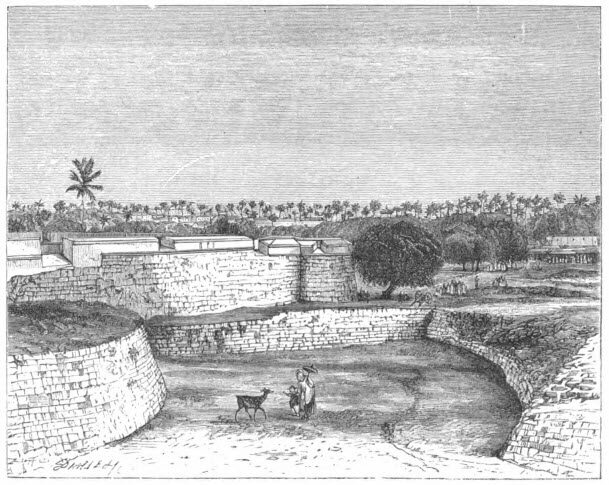
Kempe Gowda I , a local chieftain in the Vijayanagar Empire, built the town of Bengaluru in the Yelahanka province. He was the son of Kempa Nanja Gowda. He acquired the favour of Krishna Raya and Achyuta Raya, the kings of Vijayanagar. During his tours he came to a village called Shivanasamudra, 10 miles south of Yelahanka and 3 miles south of Old Bengaluru (near Kodigehalli north west of Hebbal). It is also said that he found some hidden treasures near Ulsoor and he wanted to strengthen his position.
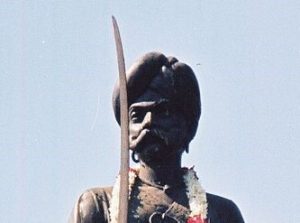
He built a mud fort in 1537 with the permission of Achyuta Raya and transferred the name of Bengaluru to the new town. Achyuta Raya gifted him Old Bengaluru, Varthur, Yelahanka, Bevur, Halasur (Ulsoor), Tengeri, Talaghattapura, Jigani and other places. He derived a revenue of 30,000 pagodas and used this for development. He built the famous temples of Venkateshwara in Fort area, Gavi Gangadeshwara at Gavipura amongst many others. The Kempambudhi tank was built and named after the family goddess. So, it can be said that 1537 is the birth year of Bengaluru.
In 1564, the allied armies of Bijapur, Golkonda, Ahmednagar and Bidar marched south to attack Vijayanagara. In January 1565, Rama Raja was defeated and the Vijayanagara empire was broken up. In the midst of turmoil in the wake of the great empire’s fall, Kempegowda continued to rule the town and the Yelahanka province. He died in 1569.
Image: Kempe Gowda, founder of Bengaluru
-
1569 AD
Kempegowda II
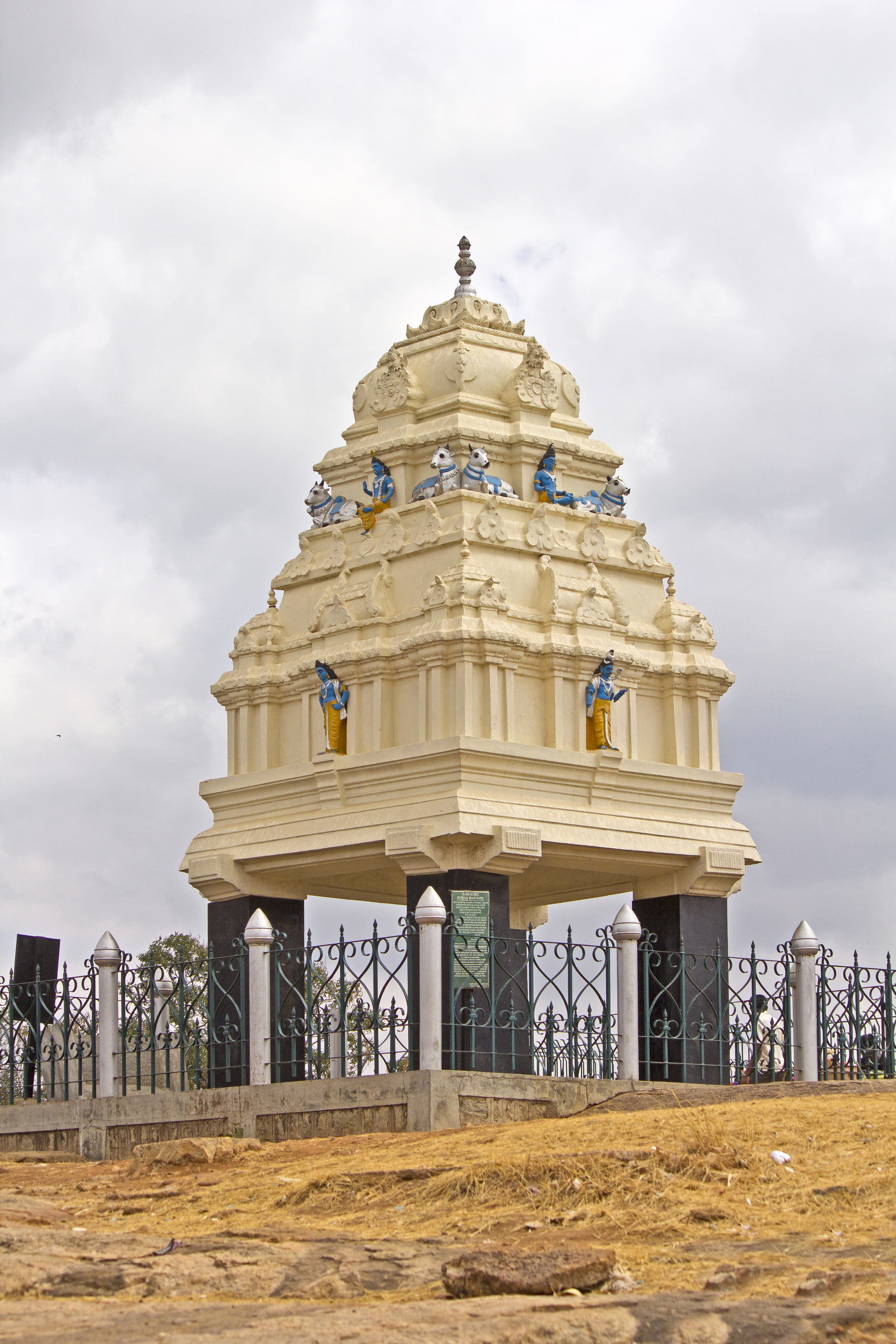
Kempe Gowda II or Immadi Kempe Gowda followed Kempe Gowda but there is some doubt if he was the immediate successor. There are some documents that seem to indicate there was another ruler between them. Kempe Gowda II improved the Someswara Temple in Ulsoor. He is credited to have asked the famous sculptor Jakanachari from Belur to carve the Shiva-Parvati wedding on the walls of the temple.
He built the four towers in Bengaluru as a boundary marker for the city. In one of the watch towers erected by Kempe Gowda in the 16th century at four points in Bengaluru, a big metal bell made in 1741 inscribed with Chinese characters was found.
He was recorded to have died in 1658.
-
1638 AD
Marathas
Ranadulla Khan, the general of Adil Shahi prince of Bijapur captured Bengaluru from Kempe Gowda and made it his chief residence. On his return to court, Shahji being second in command was appointed to govern the districts. A province was created from Bengaluru, Hoskote, Sira, Doddaballapur and Kolar. Mohammed Adil Shah, Sultan of Bijapur, gifted this as Jagir to Shahji. Shahji initially lived in Bengaluru and eventually moved to Kolar and Doddaballapur. Immadi Kempe Gowda was pushed to Magadi which was given to him as a grant.
-
1640 AD
Shivaji
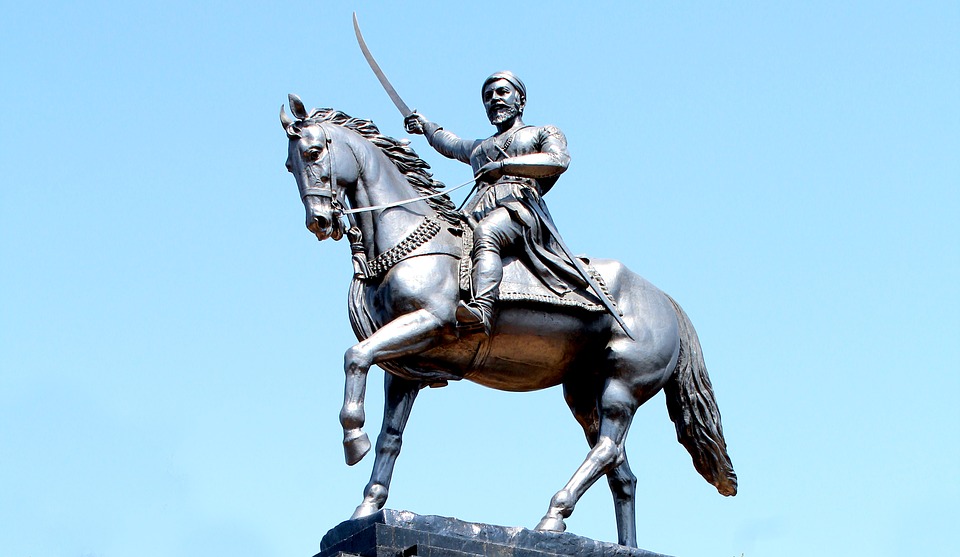
Shivaji, his mother Jijabai and his guardian Dadaji Kondadeo visited Bengaluru when Shahji summoned all of them to the city. Shivaji’s marriage with Saibai Nimbalkar took place in Bengaluru when he was around 12 years old.
Venkoji, step brother of Shivaji, inherited Bengaluru on the death of Shahji in 1664. Shivaji and Vekoji negotiated to share the riches and territories in 1678, but Shivaji died in 1680. Venkoji found it too far from the seat of his government to protect effectively, and agreed to sell Bengaluru to Chikkadevaraja Wodeyar, Maharajah of Mysore for a sum of ₹3 lakhs but this was not completed.
-
1644 AD
Mughals
Mughal ruler, Aurangazeb having captured Golkonda sent his general Khasim Khan to thwart the sale of Bengaluru to Chikkadevaraja Wodeyar. However their rule of Bengaluru lasted only for 4 days. Khasim Khan agreed to sell Bengaluru at the same price of ₹3 lakhs, which would not only earn him a large sum of money but also avoid having to keep a detachment of soldiers in Bengaluru. So, in July 1687, Bengaluru became a part of the Mysore Kingdom.
-
1759 AD
Hyder Ali
Hyder Ali received Bengaluru as jagir from Chikka Krishnaraja Wodeyar as a mark of recognition for his services. This was also made possible due to Nanjaraj, a powerful minister of the Maharajah. When he was forced to flee from Srirangapatna by Marathas, he rode 98 miles on horseback in 24 hours and arrived at the fort on August 13, 1760. Hyder Ali enlarged and strengthened the fort in Bengaluru replacing the mud walls with granite stones. Dr. Buchanan wrote that the city became a prosperous commercial and industrial city under Hyder Ali as a result of his policies. Textile industry developed in the city. It also became the base for his military operations against the British.
Image Courtesy Wikimedia
-
1760 AD
Lal Bagh
Hyder Ali planned Lalbagh garden as a fruit garden with an expanse of 16 ha, importing plants from Delhi, Lahore and Multan. It was originally known as Cypress Garden after the trees planted there. Dr. Francis Buchanan described that the gardens were extensive, divided into square plots bordered by cypress trees. Each plot was filled by one type of plant. Incidentally, Hyder Ali set up large gardens at Sira and Srirangapatna (the last one with their tombs was also called Lal Bagh)
Tipu Sultan expanded the gardens and added exotic plants imported from Kabul, Persia, Mauritius and Turkey. It is written that his gardens were planned differently from those of Hyder Ali. During Tipu’s time, Lal Bagh was supervised by Muhammad Ali and later his son Abdul Khader. The father took good care of it but under the son the garden became an ill-kept jungle of fruit trees.
-
1781 AD
Tipu Palace
Hyder Ali started construction of the palace inside the fort in 1781. The design was copied from a palace built by Mughal Governor Dilavar Khan at Sira. Robert Home writing in Select Views of Mysore described the palace as grand and spacious with pillars connected by scalloped arches that are superbly painted, richly carved balconies raised by small pillars, square projections in the middle of each balcony to hold durbar, a fountain on each side with flower gardens on the north and south fronts. The palace was eventually completed by Tipu Sultan in 1791.
-
1791 AD
British capture Bengaluru
Bengaluru was captured by Lord Cornwallis after a 15 day struggle in March. Bahadur Khan, the Killedar (Governor) of Bengaluru and 600 men died in the battle. A cenotaph was created in memory of the British soldiers who died in this battle. The British plundered the city after the victory.
-
1799 AD
Tipu Sultan
Tipu Sultan died in the Fourth Mysore War. As per the Partition Treaty, Bengaluru was restored to the Mysore Kingdom under the rule of Krishnarajendra Wodeyar III. The British resident functioned from the city. Contrary to Hyder Ali, Tipu ruined Bengaluru trade by prohibiting transactions with Arcot and Hyderabad states.
Tipu expanded the postal system developed by Chikkadevaraja Wodeyar and it served seven places including Bengaluru, Srirangapatna, Bidanur, Gutti, Gurramkonda, Chitradurga and Sira
Image Courtesy Wikimedia
-
1800 AD
Imperial Post Office
Imperial Post Office opened in Bengaluru under the aegis of the Madras Presidency. Lord Clive organized the postal service in 1766, based on the traditional postal runner services used by various kingdoms. This was reorganized by Warren Hastings in 1774 and the first post office was opened in the Presidency of Bengal at Calcutta on March 31, 1774 followed by other cities where the British operated. The postal service was opened to private letters but mostly used for Company documents. A runner line of postal service between Bombay, Madras and Bengaluru was established. Local zamindars or landlords were asked to provide runners for this service.
It must be noted that until 1854 the Postal System was managed independently in each province with separate rules and different rates. Regular mails were conveyed over a very few main lines between important places and rates were fixed by distance. There were no postage stamps in use.
Main Image: Decorated balcony at Tipu’s Palace in Bengaluru © S Richardson | Dreamstime.com
Featured Posts
Recent Posts
T P Kailasam – The Dark Side of a Genius
August 5, 2024H V Savitramma – Writing for Women’s Rights
June 10, 2024Temples of Knowledge – Best public libraries of Bengaluru
January 22, 2024Bengaluru Palace turns 150
January 14, 2024

